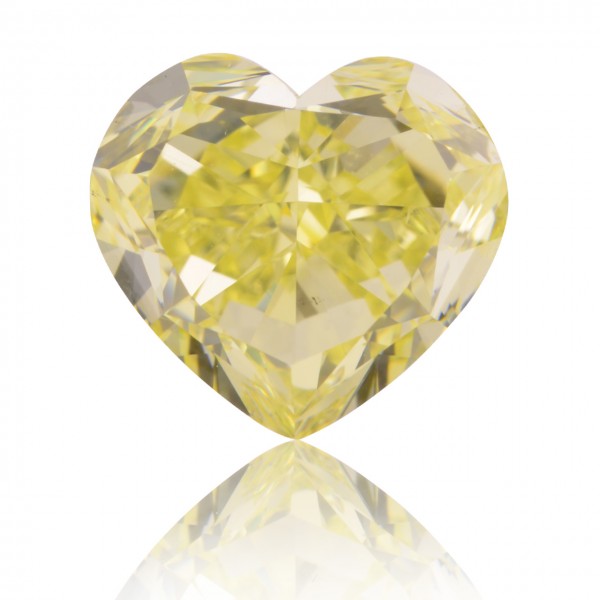About 60% of natural colored diamonds are yellow. To put that into perspective, though that means that only 1 in 16,500 carats mined are yellow. When it comes to fancy or colored diamonds, yellow diamonds are rare but can be more affordable than many people believe. Most yellow diamonds are found in Angola, Brazil, Borneo, Central Africa, Congo, and Sierra Leone.
Like any jewelry purchase, knowing how to choose your diamond and make sure it is authentic, meets quality standards, and is priced appropriately is critical. We have compiled a list of top tips to help you choose your stunning yellow diamond with confidence.

Tip #1: Know your 4 C’s
In 2007, industry leader, The Gemology Institue of America (GIA) carefully composed a list of four important diamond criteria. Learning and understanding these will help you pick a beautiful diamond within your cost and quality requirements:
- Color – Traditional diamonds are on a D through Z scale. That refers to completely colorless to a brown tint. Yellow diamonds are graded on intensity as well. They are given the following grading scale by the GIA The stronger the yellow the more expensive the diamond. Fluorescence is also an important factor which can give your diamond brownish tint or milky appearance.
- Fancy Light – light yellow
- Fancy Yellow – clear and bright yellow hue
- Fancy Intense – pure, bright yellow hue
- Fancy Vivid – extremely vibrant, also called Canary Diamonds
- Fancy Dark/Deep – darker, more brownish tones
- Cut – For colored diamonds the cut should bring out the most color. This is done by ensuring that the proportion, symmetry, and light performance are not as important as cut. Not to mention, that colored diamonds don’t get a cut grade. The ideal shape for your colored diamond is an oval, pear, emerald, radiant, or cushion.
- Clarity – The color tends to hide some flaws in colored diamonds. This means that a fancy vivid yellow with a lower clarity grade has a much higher price point because color takes precedence.
- Carat – this refers to the weight and not necessarily the size of a diamond, because of how a diamond is cut.
Tip #2: Choosing the right mounting
The right mounting or setting can make a huge impact on the color of your yellow diamond. Typically, when you walk into a jewelry store looking for yellow diamonds, they are presented loose. This means that you won’t actually know what your color looks like until it’s set. A solitaire setting is perfect for a large stone on the right-width band. If the stone is smaller, look into a halo setting. This creates an illusion of a larger diamond without paying the difference. The halo features the main stone in the center with smaller diamonds surrounding it.
You can find this style in person or choose from a beautiful style on line, where you can see the setting and design of your choice. You can easily customize a beautiful and unique engagement ring with companies like Asteria Diamonds, where you choose your diamond, setting, as well as halo setting.
Tip #3: The Right Metal
There are many metal options you can choose for your band. From the subtle platinum and white gold to the more vibrant golds like yellow and rose gold. Yellow diamonds look the best on yellow gold as this enhances the diamond’s beauty. You can also set the diamonds inside the metal. In this case, setting the diamonds in white gold is a good choice. Consider cost, strength, and endurance. Let’s compare the different metals to get a better idea of each.
- Platinum – 5x rarer, never fades and is hypoallergenic. This also comes with a higher price tag.
- Gold – traditional, versatile, and popular. Golds come in white, yellow, and rose. Rose gold is more durable than white and yellow and maintains its shine.
- Unique metal choices include palladium, titanium, and tungsten these are the most affordable and durable of all the metals.
Takeaway
Yellow diamonds are beautiful and unique. When choosing a diamond, be sure to check each of the 4 C’s as certified by the GIA or other highly reputable grading company. Remember, the color scale is different for colored diamonds, so keep that in mind when shopping. The clarity less so as you can get away with lower clarity because the color hides most flaws. Choose a metal and setting that really enhance the beauty of your colored diamond, such as a cushion halo setting.